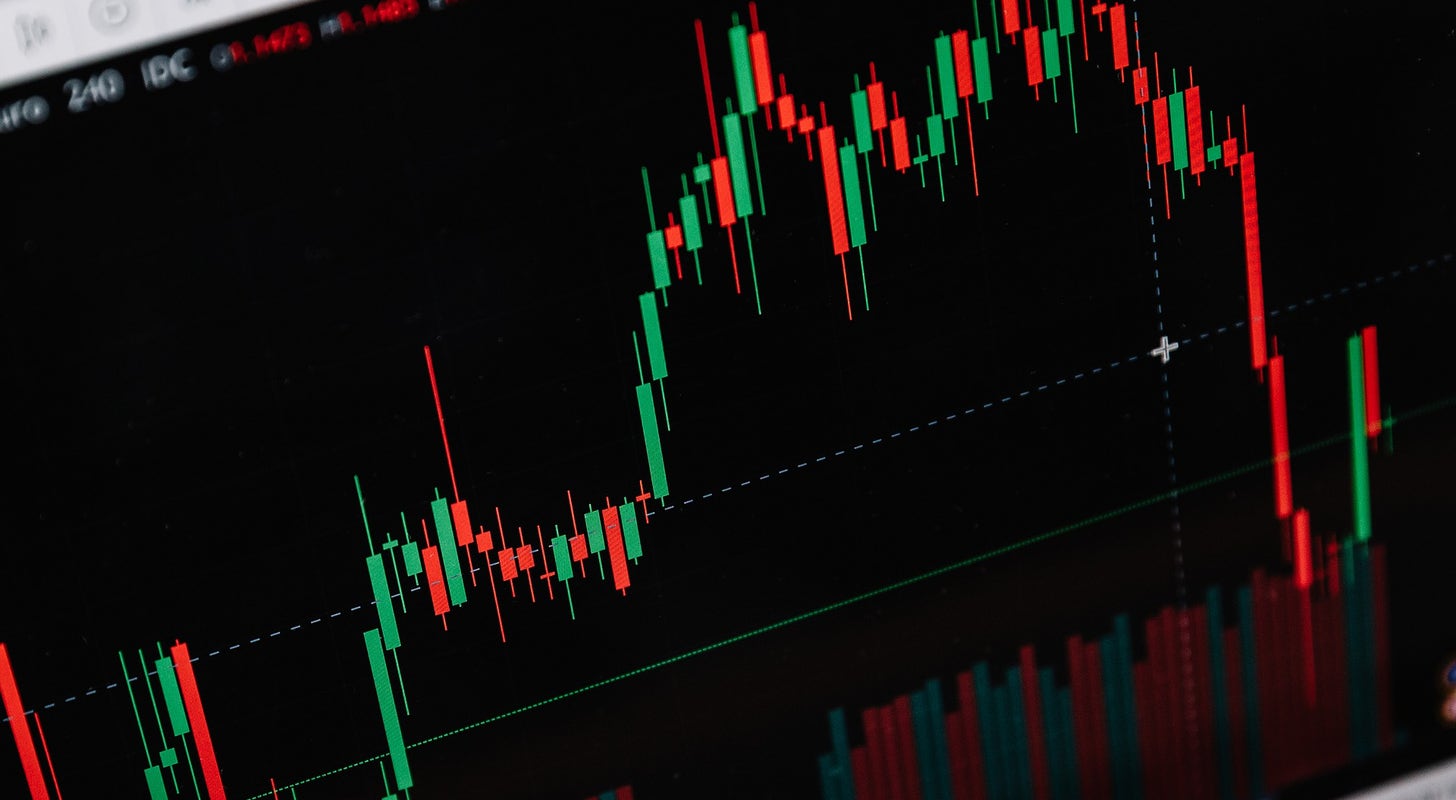Check Out What Whales Are Doing With CVX Trades, Volume, Whales, Chevron, Benzinga, Open Interest, Puts and calls, Options history, Price window ($125.0 to $170.0) by https://www.benzinga.com/

AI Insights:
Simple Explanation:
Some rich people who buy and sell lots of things are not happy with a big oil company called Chevron. They think its price will go down, so they are buying something that lets them profit if that happens. This is seen from how they trade options, which are like bets on the future of the stock. Most of these rich people are making bearish trades, meaning they expect bad news for Chevron and want to make money from it. They also have an idea of what price range they think the company's value will stay in during the next few months. Read from source...
Critical Perspective:
- The title is misleading and sensationalist, implying that whales are making significant moves based on their sentiment towards Chevron (CVX), when in reality it is just a snapshot of options trades.
- The article does not provide any clear definition or context for what constitutes a "whale" or how they are identified, leaving the reader with vague and unclear information.
- The use of terms like "bearish" and "bullish" without explaining their meaning or implications for investors is confusing and potentially misleading for readers who are not familiar with options trading.
- The article focuses too much on the percentage of bullish vs bearish trades, rather than looking at the actual numbers and values involved, which could give a distorted picture of the overall market sentiment towards CVX.
- The analysis of volume and open interest is shallow and does not take into account other factors that may influence option pricing, such as implied volatility, time decay, or extrinsic value.
- The article lacks any clear conclusion or recommendation for investors based on the information provided, leaving readers unsure of what to make of the data presented.
Investment Analysis:
We are not financial advisors. It's always essential for you to consult with a financial advisor and do your research before making any decisions about investments.
There are several factors to consider when making an investment decision based on the article "Check Out What Whales Are Doing With CVX". Firstly, it is important to note that whales, or large institutional investors, often have access to more information and resources than retail investors. This means that their trading activities may not necessarily reflect the future performance of the stock, but rather their expectations based on their own analysis and data. Therefore, retail investors should not blindly follow whales' actions, but rather use them as a source of insight and inspiration for their own research.
Secondly, the article indicates that there is a notable bearish sentiment among whales in relation to Chevron (CVX). This could be due to various reasons, such as concerns about the oil industry outlook, environmental regulations, geopolitical risks, or other factors that may affect the company's profitability and growth prospects. As a result, retail investors should carefully evaluate these risks before making any investment decisions in CVX, and consider diversifying their portfolio with other assets that may offer more stability and upside potential in the current market environment.
Thirdly, the article provides some data on the options trading activity for Chevron, such as the number of trades, the percentage of bullish and bearish investors, the types of contracts (puts and calls), and the expected price movements based on volume and open interest. These indicators may help retail investors to gauge the sentiment and expectations of other market participants, but they should not be used as a definitive guide for making investment decisions. Instead, they should be taken into account along with other factors, such as fundamentals, valuation, technicals, and personal preferences.
Based on these considerations, retail investors may want to take the following actions:
- If they are already invested in CVX, they may want to monitor their positions closely and adjust them according to their risk tolerance and time horizon. For example, they may want to sell some of their shares if they see a significant drop in price, or buy more if they see an opportunity for a bounce back. They may also want to consider hedging their exposure with options strategies, such as puts or calls, depending on their outlook.
- If they are not invested in CVX, they may want to do further research on the company and its industry before deciding whether to initiate a long or short position. They may also want to look at other stocks or assets that may offer more attractive returns or lower risk in the current market environment. For example, they may want to explore sectors that are less sensitive to oil prices, such as healthcare, technology, or consumer stap